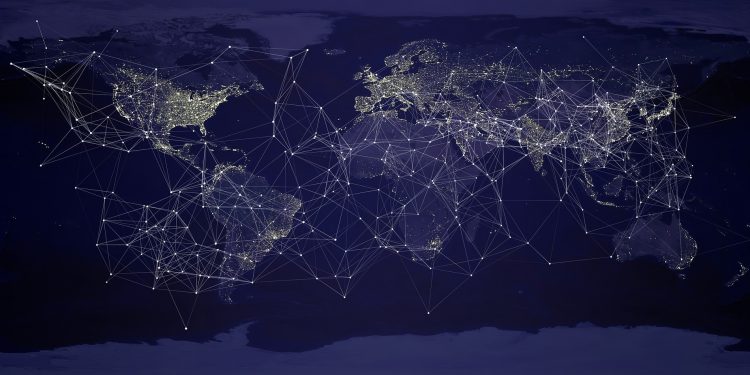As organizations large and small grapple with the ongoing economic challenges presented by the coronavirus, access to cross-border trade and payments is more critical now than ever. COVID-19 has heightened the need for seamless, international payments amid ongoing volatility in global markets.
But long before the pandemic arrived, friction in cross-border payments has hindered the flow of commerce and economic growth. Opaque fees, currency fluctuations, and local regulatory compliance all lend complexity to global trade.
As buyers and suppliers take steps toward recovery, they need to seek out tools to simplify the movement of international goods and cut through the tangle of bureaucracy associated with cross-border payments.
Diversify sources of supply
At the outset of the pandemic, businesses with few sources of supply struggled to meet demand, exposing a serious vulnerability in modern supply chains. To ensure continuity, firms must form relationships with trading partners across multiple geographies to maximize their opportunities and take advantage of supply – wherever it may be. They might also consider the wisdom of redundant sources of crucial raw materials, averting the potential for a crisis in one part of the world to choke off supply for the rest.
As the pandemic rages on, we are also seeing a transition to localized sources of supply. But while localized supply is an essential component of a diversification strategy, keeping global markets open and predictable is essential for a sustained global recovery.
Implement cross-border payments and financial technology
Global supply chain leaders can no longer rely on old, manual payment processes and infrastructures. Forward-thinking companies are investing in intelligent technologies to simplify and streamline payments for foreign suppliers, while also delivering insights into payment activity that support business continuity and extend competitive advantage. In addition, such technologies enable real-time payment tracking, which optimizes routing through machine learning, reduces risk and conducts transactions in preferred currencies.
Tracking spend patterns to identify inefficiencies is another area where technology can help. A recent study reveals that 62% of procurement executives rank the siloed nature of their spend data among their top digital transformation challenges. With the added complexity of managing cross-border payments, finance and treasury professionals need to invest in technologies that offer a unified view of their spend – across all departments and geographies. In doing so, they can spot and correct areas of overspending, duplication or fraud.
Manage working capital
Meanwhile, intelligent technologies also help buyers to manage working capital by offering early payments to suppliers.
Offering early payments is particularly important for small to mid-sized businesses (SMBs), who often must wait longer than large vendors for their invoices to be processed. For example, in the UK, corporate buyers generally process invoices for large vendors within three days, versus 35 days for smaller vendors. Estimates suggest that SMBs in the UK spend 56 million hours each year chasing down late payments.
On a positive note, we’re seeing a trend toward increased working capital support for suppliers in response to the economic downturn caused by COVID-19. Morrisons, a British supermarket group, is a good example. The company announced plans in March to accelerate payout timelines to small business suppliers in an effort to help sustain their businesses and reduce the likelihood of bankruptcy.
By supporting small suppliers, companies like Morrisons are helping to preserve the future growth of the global economy.
Enhanced buyer-supplier relations
In these anxious times, shoring up our supply chains – and diversifying them – is essential to preserving lives and livelihoods. Buyers and suppliers are increasingly focused on working together to simplify international transactions and reduce associated costs. Building and maintaining strong relationships that will prevail even through hard economic times begins with easy, smooth and optimized payment processes.
When disruption throws off supply chains, maintaining a steady cash flow is critical to restoring or realigning them. To keep their promises made to customers, businesses count on procurement leaders who can respond with flexibility to the changes and with confidence in the partners on whom they rely to create enduring mutual value.











